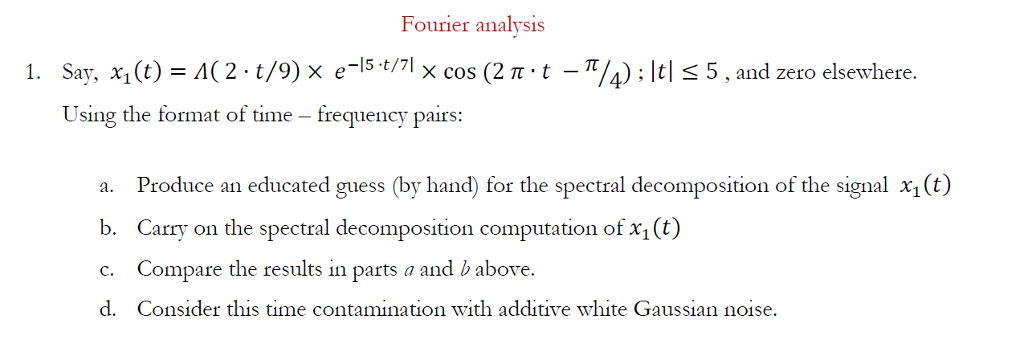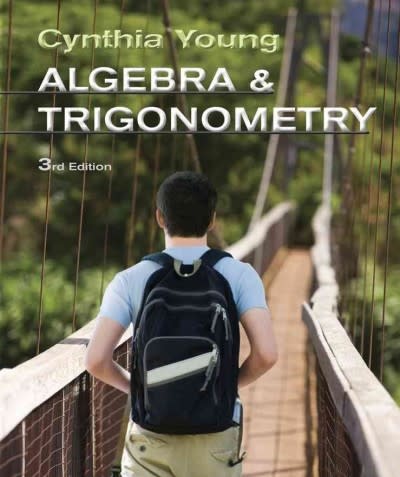Answered step by step
Verified Expert Solution
Question
1 Approved Answer
The consumer decision-making process consists of: 1. Need Recognition 2. Information Search 3. Information and Evaluation 4. Buying Decision 5. Post Purchase Evaluation How can
The consumer decision-making process consists of:
1. Need Recognition
2. Information Search
3. Information and Evaluation
4. Buying Decision
5. Post Purchase Evaluation
How can we use the information obtained through the analysis of each one of the stages of the consumer decision-making process to improve the knowledge about consumers?



Step by Step Solution
There are 3 Steps involved in it
Step: 1

Get Instant Access to Expert-Tailored Solutions
See step-by-step solutions with expert insights and AI powered tools for academic success
Step: 2

Step: 3

Ace Your Homework with AI
Get the answers you need in no time with our AI-driven, step-by-step assistance
Get Started


